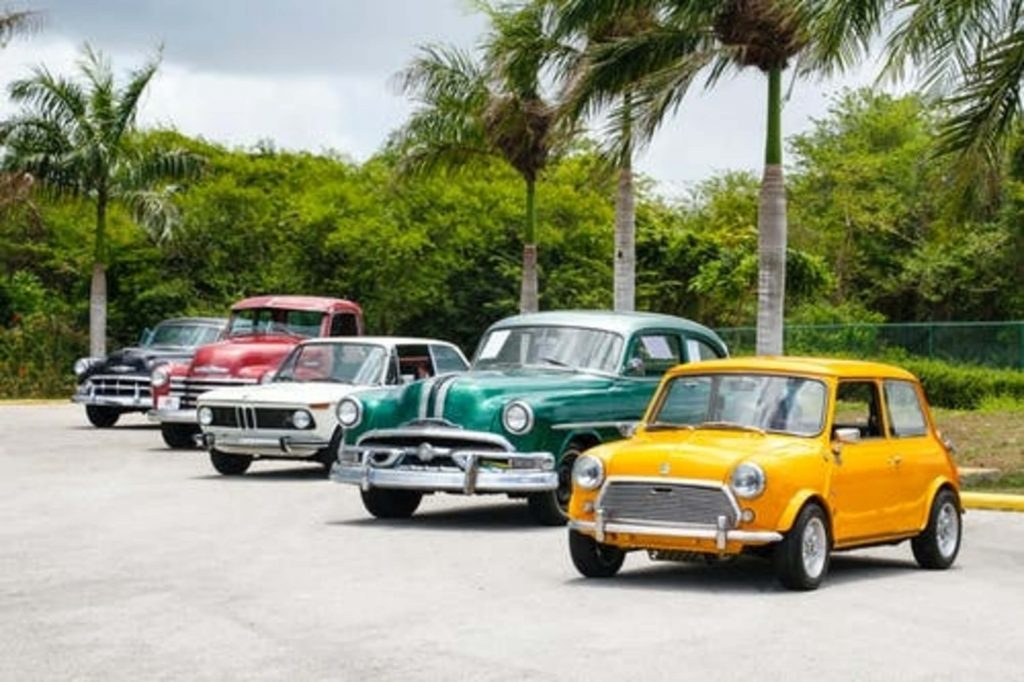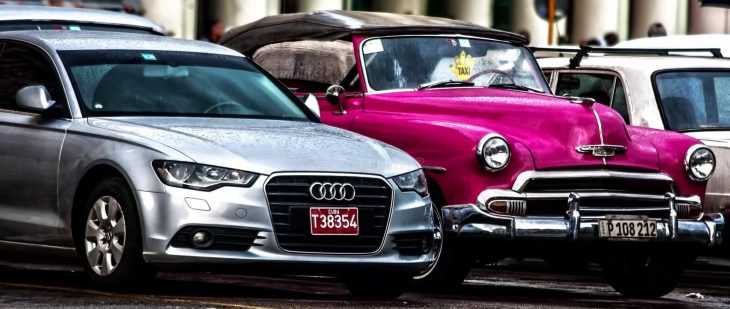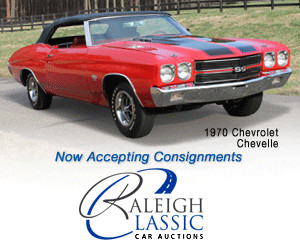“Beauty is in the eye of the beholder.” —Margaret Wolfe Hungerford.
Owning a car is a fulfilling achievement. Having a classic automobile in your possession is an even greater milestone. For starters, classic cars, or as most people like to call them, vintage cars, don’t come cheap. They are tangible memories of a bygone era.
Age is the primary requirement for a car to be considered classic. It has to be old. Really old. And being old means it can easily breakdown. So if you’re planning to moveyour classic car, you may want to look into shipping it.
Here are five differences between transporting a regular car and a classic car.
1. Cost
This is the main contrasting factor when it comes to shipping cars. Typically, it doesn’t cost much to transport a regular vehicle. The carrier can just deliver it straight away with little to no repercussions.
On the other hand, a classic automobile will require scrupulous attention. The maintenance of such vehicles can be quite specific and extensive. You’ll want the shipping company to handle it like a baby since it is exceptionally delicate. These additional requirements demand a higher price than your day-to-day automobile.
2. Mode of Transport
Most regular cars can easily be shipped through regular transport. That’s not the case for classic autos. You may have to go to extreme lengths to preserve the car’s authenticity. With this in mind, air freight shipping would be the most secure option — the most expensive too. But looking at the bright side, you won’t have to wait long for your car to arrive and risk having your peace of mind shattered.
3. Carrier Type
If you decide to skip on air travel, another deciding factor for classic car transport would be the type of carrier to house your vehicle.
In reality, you can opt for the same carrier a regular car would use: an open air trailer. However, don’t forget that you want to transport your car as safely as possible. Open trailers have a notorious reputation for exposing vehicles to various weather conditions. Aside from external elements, they’re also prone to theft. Risking a vintage car under these circumstances might not be worth it.
That’s why enclosed trailers are the safest choice. It may cost a bit higher, but you can rest assured that your car would be in good hands.

4. Mode of Shipping
Somewhat relative to carrier type, the mode of shipping is also crucial in classic auto transport. A regular car can be moved via terminal shipping. The vehicle is hauled together with others then sent to a storage yard where the owner picks it up. As for the counterpart to this method, door-to-door shipping, the company picks up the car and delivers it directly to a designated location of your choice. This service would be ideal for a classic auto as it offers more protection.
5. Insurance Policy
Time to talk about the last thing that differentiates these car types: insurance.
Typically, getting insurance for a regular car is rather straightforward. It’s meant to cover damage to your vehicle if ever the transport carrier meets an accident or collision. You can get several insurances to cover certain levels of liabilities during times of trouble.
As for classic automobiles, you can choose to get the same traditional insurance that regular vehicles do. Doing so offers some decent accountability, although it might not be enough to ensure the car’s value completely.
Because of this, you’d want to get a collector’s insurance. And to be more specific, antique car insurance. It works the same way as traditional insurance: if your car gets damaged, the company will provide a payout based on a certain value.
But here’s the catch: the payout is determined based on the actual value of the vehicle. Since classic automobiles are highly valuable, if not priceless enough, this insurance is the best way to guarantee that you get the right compensation for what you pay for.

To sum it up, classic automobiles are more expensive to transport and require meticulous preparation than regular cars. If you’re shipping one, it’s a good idea to fully go all out in securing the vehicle’s safety. In the end, you can earn your money back, but the value of a precious vintage model is irreplaceable.



 2021-05-20
2021-05-20
